
 |
|
|
Nursery & Forest
Volume 64 Number 12 Date 07/18/2019 IMPATIENS NECROTIC SPOT VIRUS - This virus was diagnosed in 'Issai' hardy kiwi vine plants in Sawyer County last week. INSV is known to infect several hundred plant species, including agricultural and vegetable crops like romaine lettuce and tomato, as well as ornamentals such as begonia and fuchsia. As with all known plant viruses, there is no cure. Preventing spread is critical once the virus has been detected. Destroying infected plants and controlling thrips and other potential insect vectors are common control techniques. -- Timothy Allen, DATCP Nursery Inspector WHITE PINE WEEVIL - Damage to the base of terminal leaders of developing white and Scots pine was recently noted by inspectors in Jackson County growing fields. Caused by nearly full-grown white pine weevil larvae, typical symptoms include curled, browned, and wilting young leaders above the primary whorl, often with fresh pitch flow at the feeding site. The excess pitch production is the tree's natural defense against wood boring insects. The white pine weevil is known to attack at least 20 different tree species including Norway, blue and black spruce, as well as Mugo, Scots and jack pine, with Eastern white pine being the most suitable host for brood development. Although weevil damage rarely results in tree mortality, repeated seasons of infestation can lead to growth reduction, stem deformation, and increased susceptibility to wood decay organisms. Cultural control by pruning out terminals infested with larvae may reduce weevil populations and reform the tree, but the effective window of pruning is brief and restricted to the late spring/early summer from when the terminals begin wilting until the insects emerge through exit holes. The pruned area should be limited only to the infested part of the terminal, which often may not extend to the next set of branches. Any pruned material must be disposed of off-site since larvae can continue to develop in cuttings. The primary injury of white pine weevil deforms the growth of the tree, as the co-dominant healthy side branches attempt to grow and form multiple new leaders. This trend can be reduced by forcing a single dominant primary leader and suppressing the others, allowing the tree to ultimately restore nearly normal form. One method is to select the most vigorous side leader as the new primary and to pinch down the terminal buds of the other side shoots to reinforce the growth pattern. FALL WEBWORM - The characteristic nests constructed by fall webworm larvae are appearing in southern Wisconsin. This native species feeds on over 120 different species of deciduous forest, shade, fruit, and ornamental trees, but avoids conifers. Nests or webs appear in trees later in the season than nests made by other web- and tent-making species found in Wisconsin. The larvae inside the nests are pale yellow with blackish lateral spots. Mature caterpillars develop tufts of silky hairs and are about one-inch long. Products containing Bt are effective against young caterpillars if the material penetrates the webbing, but manual removal or disruption of the webs is the preferred form of control. Pruning infested branches is not warranted, however, and causes unnecessary harm to the host plants. VINYL TREE GUARDS - Certain brands of vinyl tree guards intended to protect young trees from rabbits, rodents and mechanical injury do not expand as the tree grows and can constrict and girdle the trees if not adjusted seasonally. Trees with severe constriction are often found with dead vascular tissue in the trunk, which can lead to infection by a range of diseases that cause tree decline. It is recommended that homeowners, landscapers, and nurseries who use tree guards remove them at least twice a year to inspect the tree trunk for problems and to determine if the guards need to be adjusted. -- Tim Boyle, DATCP Nursery Inspector 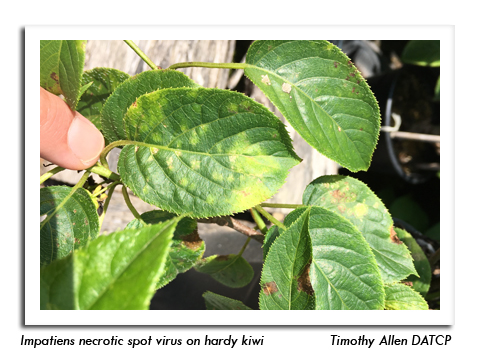
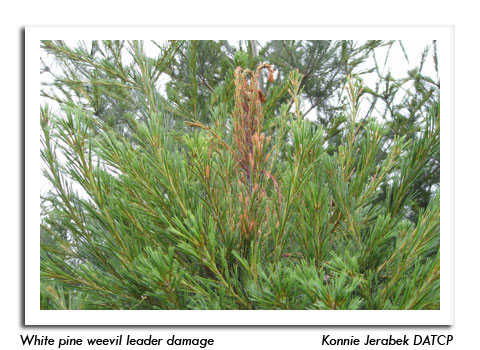
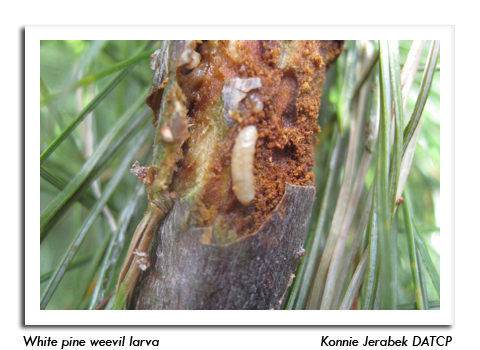
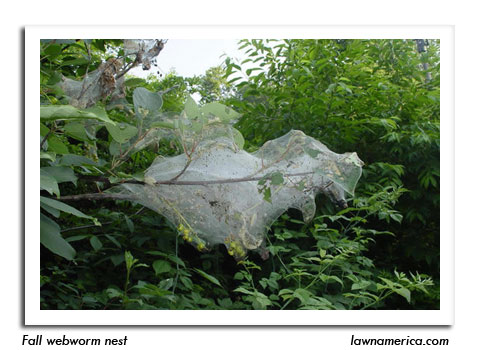
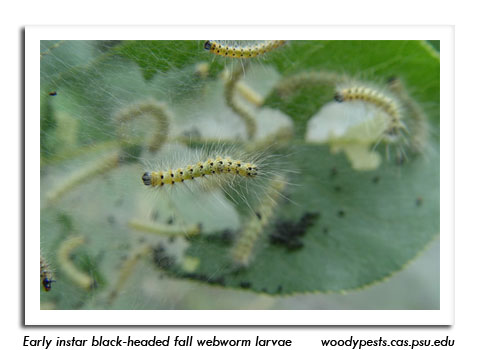
|
|
|